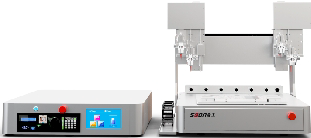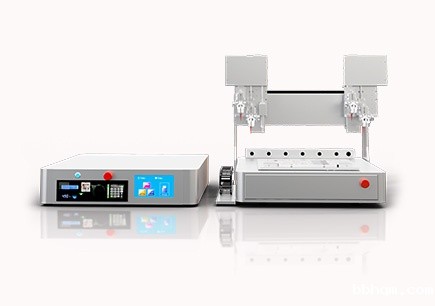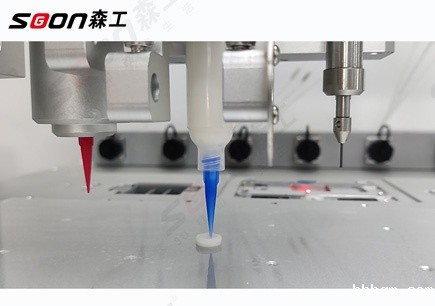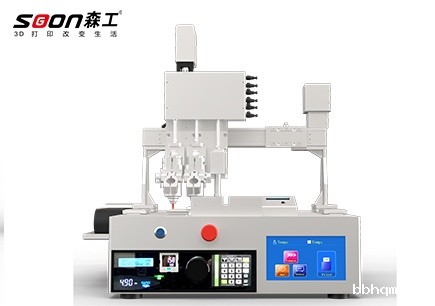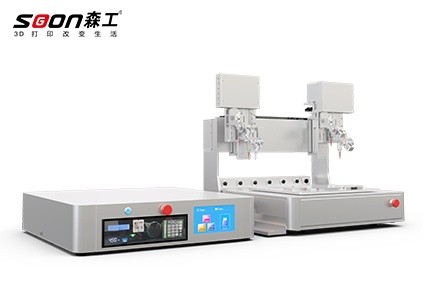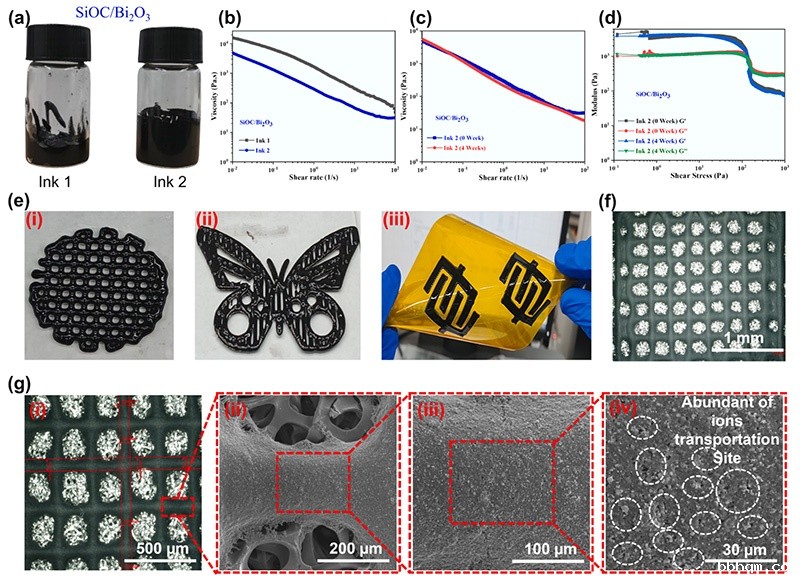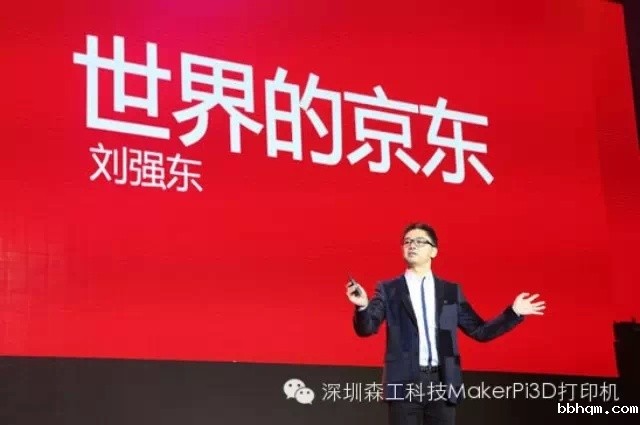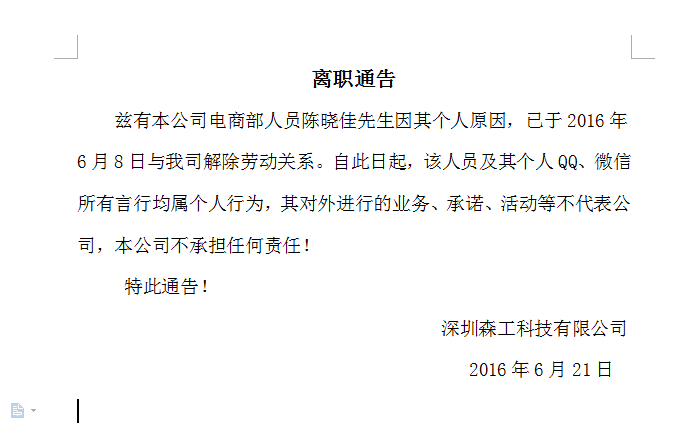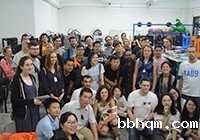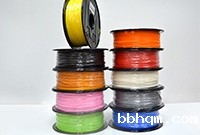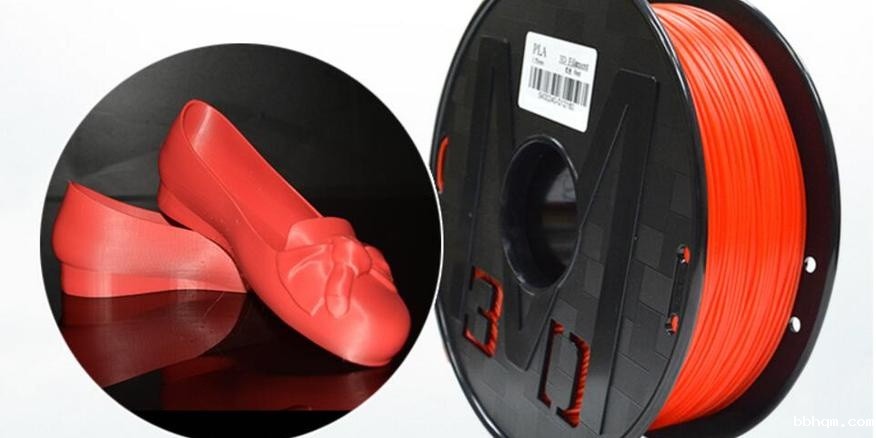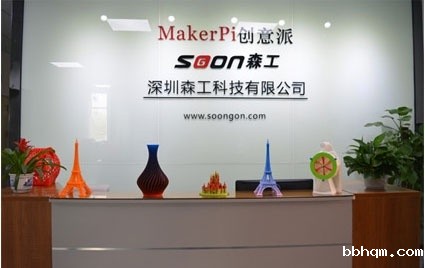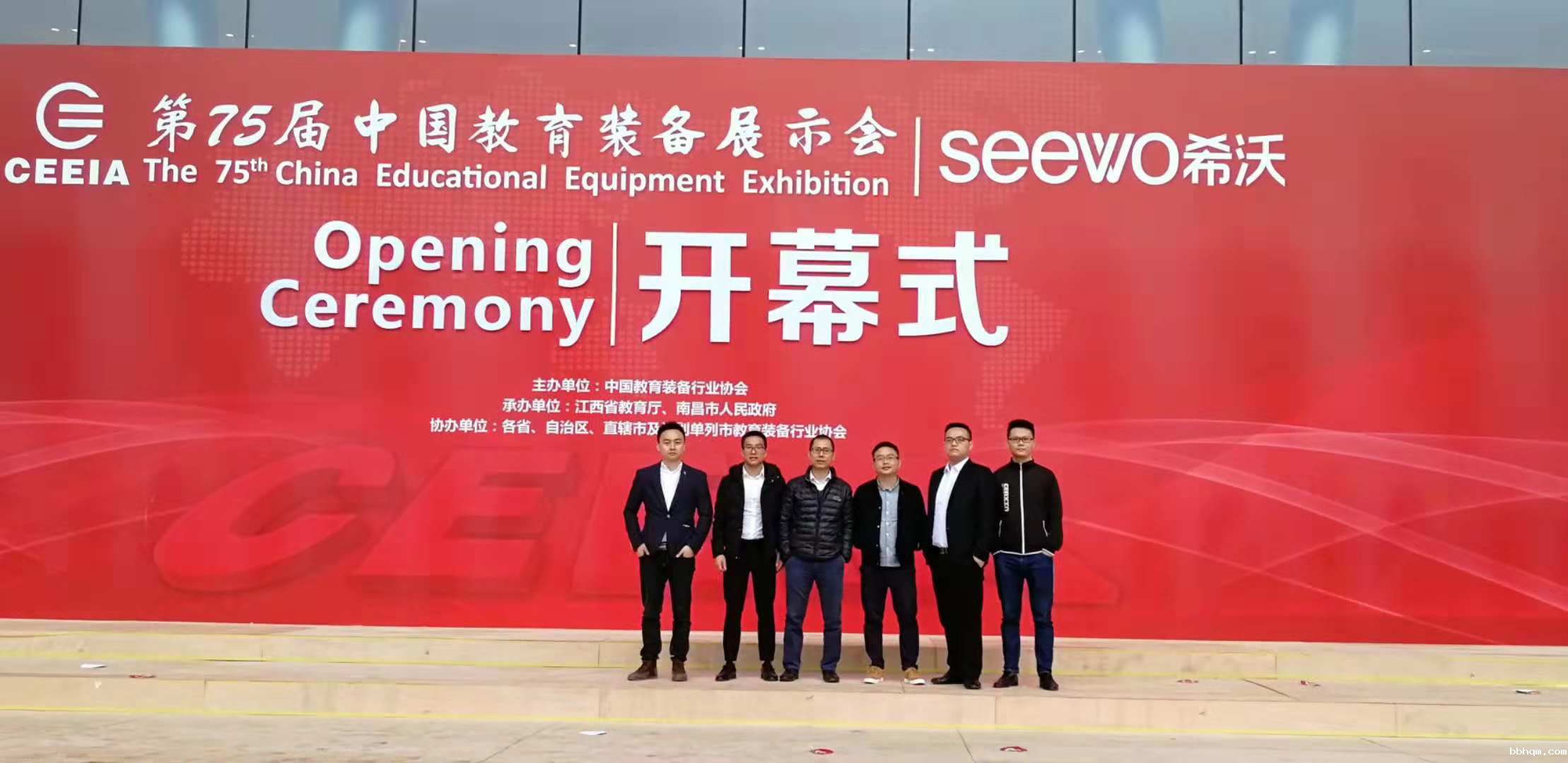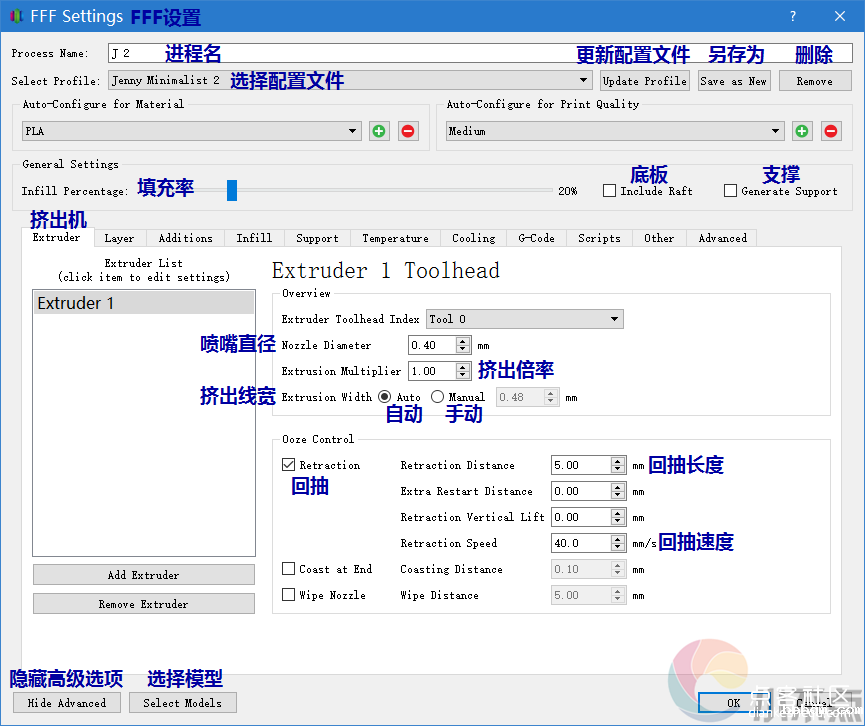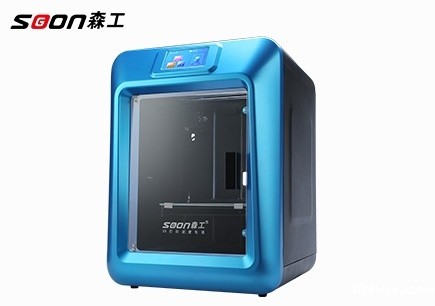设计未来食品:利用食品3D打印技术封装生物活性化合物

摘要
生物活性化合物(BCs)通过与活体组织和系统的一种或多种成分相互作用,提供了许多健康益处。然而,尽管BCs具有潜在的健康益处,但大多数BCs的生物可及性和生物利用度较低,阻碍了其潜在的健康促进活动。传统的封装技术是耗时的,并且在其食品应用中具有主要限制,包括使用非食品级化学品、不期望的感官特性和储存稳定性问题。基于3D打印的尖端新技术可以帮助解决与传统封装技术相关的问题。
3D食品打印可以通过将BCs精确地结合到三维基质中来帮助保护BCs,这可以提供(i)储存期间的保护,(ii)提高生物利用度,以及(iii)BCs的有效递送和控制释放。最近,已经研究了各种3D打印技术和油墨,以创建具有不同组成和几何形状以及不同释放模式的递送系统。这篇综述强调了基于3D打印的封装方法的进展,导致了增强的递送系统和定制的食品配方。

使用基于挤压的3D打印方法封装BCs

点击查看大图
Figure 1. (a) Schematics illustrating the production of printable emulsion gels, extrusion-based 3D food printing, and images of the 3D-printed tablets. Lipid-based formulations compositions: type II long-chain (II-LC), type IIIA long-chain (IIIA-LC), type IIIA medium-chain (IIIA-MC). these formulations contain different ratios of soybean oil, maisine CC (mixed long-chain glycerides), tween 85, kolliphor EL (polyethoxylated castor oil), captex 355 EP/NF (medium-chain triglycerides), and capmul MCM EP (mixed long-chain glycerides). Adopted from Johannesson et al. (Citation2021); (b) Schematic illustrating the coaxial extrusion-based 3D food printing, the 3D model of the spiral cube shape used for 3D printing, and lutein encapsulation in dual-layered starch/ethyl cellulose gels. Adopted from Ahmadzadeh and Ubeyitogullari (Citation2023a); (c) Schematic illustrating the dual extruder 3D printing, 3D models of drug-loaded tablets, and light microscopic images of 3D-printed tablets in the bottom view (left), top view (Middle) and side view or view without top (container-lid coating only) (right). Adopted from Kempin et al. (Citation2018).
基于挤压的3D打印技术为生物活性化合物(BCs)的封装提供了一种精确且可控的方法。这种技术通过将BCs与可打印材料(如脂质、水凝胶等)混合,形成具有特定流变学性质的油墨,然后通过挤压喷头逐层沉积,构建出三维结构。
该方法的优势在于能够精确控制BCs的分布和释放模式,同时保护其生物活性。例如,通过调整打印参数(如温度、压力、挤出速度等)和材料配方,可以实现BCs的缓释或靶向释放,提高其生物利用度和治疗效果。

点击查看大图
Figure 2. (a) 3D model designed for the printing of emulsion-templated oleogel, the dimension of the shape is 40 mm × 35 mm × 2.25 mm; (b) 3D printed oleogel (stabilized using GG1.5) loaded with curcumin and resveratrol after printing (left) and freeze-dried 3D printed MCT oleogel (right); (c) SEM image of freeze-dried MCT oleogel stabilized with GG1.5 at magnification 1000x; (d) Release profile of curcumin (CUR) and resveratrol (RSV) during each phase of in vitro digestion study conducted for 4 h. Control: MCT oil, and sample: MCT oleogel stabilized with GG1.5. Adopted from Kavimughil et al. (Citation2022). GG: Gellan gum, MCT: medium-chain triacyglycerols, CUR: curcumin, RSV: resveratrol.
传统的BCs封装方法通常涉及复杂的多步过程,包括乳化、喷雾干燥、包衣等。而3D打印技术为传统封装方法带来了新的突破,通过将封装和成型过程整合为一步,简化了生产流程。
例如,研究人员利用3D打印技术制备了负载姜黄素和白藜芦醇的油凝胶(oleogel),通过控制打印参数和材料组成,实现了对BCs释放速率的精确调控。这种方法不仅提高了BCs的稳定性,还改善了其在食品中的分散性和口感。

点击查看大图
Figure 3. (a) Schematic illustration of the coaxial extrusion-based 3D food printing, and the 3D model used for lutein encapsulation into dual-layered starch (S)/ethyl cellulose (EC) gels via 3D printing; (b) Images of the 3D-printed spiral cubes produced using S concentrations of 9, 10, 11 (w/w), EC concentration of 10% (w/v), at three printing temperatures (55, 65, and 75 °C). the images indicate the samples without lutein (left), and with 20 mg lutein per 1 g EC solution (right). (c) Storage stability of lutein at 25 and 50 °C. Adopted from Ahmadzadeh and Ubeyitogullari (Citation2023a).
在3D打印过程中直接封装BCs是一种创新的方法,它将BCs的保护和递送系统的构建同步完成。例如,采用同轴挤出3D打印技术,可以将BCs包裹在双层结构中,内层提供保护功能,外层控制释放速率。
研究表明,通过优化打印参数(如温度、压力、流速等)和材料选择(如淀粉、乙基纤维素等),可以显著提高BCs的稳定性和生物利用度。此外,3D打印还允许创建复杂的几何结构,进一步增强了对BCs释放行为的控制能力。

点击查看大图
Figure 4. (a) Thermally-induced crosslinked hydrogels from ovalbumin by acylation modifications. Adopted from Hu et al. (Citation2022); (b) Schematic illustrating the production of polyvinyl alcohol (PVA) hydrogels by the freeze-thaw method. Adapted from Adelnia et al. (Citation2022); (c) Ionic crosslinked hydrogels from alginate. Adopted from Abasalizadeh et al. (Citation2020); (d) Schematic illustration of the 3D printing process using methylcellulose-Tyramine bioink prepared via the dual crosslinking method. Thermal crosslinking (step 1) + photo crosslinking (step 2). Adopted from Shin et al. (Citation2020); (e) Gelation of bicomponent polymer network (BCN) using UV treatment, and hydrogel characteristics. Adopted from Eke et al. (Citation2017).
水凝胶因其良好的生物相容性、高含水量和可控的降解性能,成为3D打印封装BCs的理想材料。不同类型的水凝胶,如热交联水凝胶、离子交联水凝胶和双重交联水凝胶,已被广泛研究用于BCs的递送。
例如,通过化学修饰的卵清蛋白制备的热交联水凝胶,能够在温和条件下形成稳定的网络结构,有效保护BCs免受外界环境的影响。此外,双重交联水凝胶结合了两种交联机制的优势,提供了更精确的释放控制和更好的机械性能。
未来展望
同时3D打印和封装将食品加工和封装融合到一个步骤中。为了确保BCs的3D打印具有适当的功能,在配制食品油墨时必须考虑材料特性和封装方法。此外,在设计食品输送系统时,应研究预处理和后处理对封装BCs的影响。
研究挑战
- 优化打印参数以保持BCs的生物活性
- 开发适合3D打印的食品级材料
- 解决大规模生产中的精度和速度问题
- 建立食品3D打印的质量控制标准
应用前景
- 个性化营养食品的定制生产
- 功能性食品和营养补充剂的精准递送
- 特殊人群(如老年人、运动员)食品的设计
- 减少食品浪费和优化供应链
理想情况下,BCs的生物活性不应在预处理或后处理时降低,并且包封的BCs必须保持稳定,直到它们递送到靶位点。其他工艺因素包括核心和外壳材料、封装方法、封装的稳定性、3D结构的预处理和后处理、BCs的储存稳定性、释放和生物利用度。所有这些变量都需要在3D打印过程优化期间进行处理。
结论
"3D打印的出现带来了定制和个性化食品设计的进步和好处。封装和3D打印是两种革命性的技术,它们可以提供各种优势和健康益处,当结合在一起时,可以在开发定制功能食品方面取得有希望的结果。"
然而,由于这些方法大多是经过实验室验证的技术,它们的实际应用尚未解决。本文详细介绍了这种组合技术的各个方面,以及BCs递送和功能性食品开发方面的前瞻性解决方案和进展,以及在实施过程中面临的问题。
在未来的研究中,必须解决与过程优化和标准协议相关的挑战。目前的工作为未来的发展提供了有用的参考,并为3D打印与封装相结合开发3D打印功能食品提供了有价值的信息。


